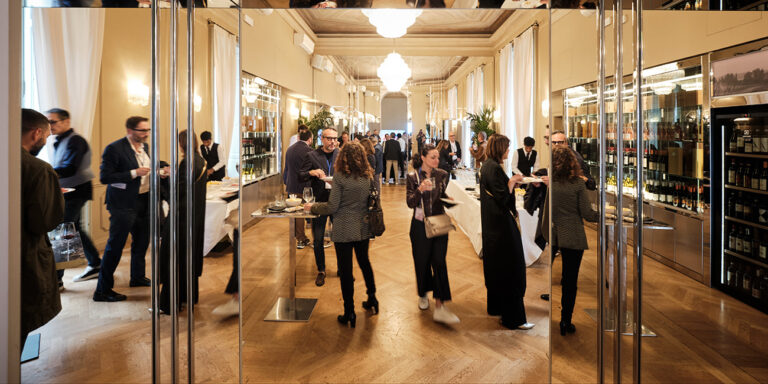Textiles are often an underestimated element in bespoke furniture supply and can require serious amounts of time, money and resources. The team of manufacturing and production experts at Wood Couture lay out things to consider for fabrics sourcing and selection for hotel developers.
Fabrics can cause a lot of headaches to owners and hotel developers when comes the time to order their furniture pieces. Fabric selection is key because the wrong approach can cause major delays and/or unplanned spending when developing a hotel. Here are common problems that arise and how to avoid them.
Choosing fabrics for the wear
The first issue one needs to be aware of is the suitability of a fabrics for hospitality use. Interior designers may or may not know whether the type of fabrics they have specified is strong, sturdy, heavy enough to resist a high volume of use through multiple clients a day, or meet fire retardant qualities alongside comfort and aesthetic qualities to meet hospitality standards. The more delicate fabrics used for domestic use cannot sustain the constant rotation of patrons sitting on a plush chair in the lobby of a grand hotel. Sadly, when the problem is uncovered, it is often very late in the game and everyone points fingers at the next person: the furniture supplier says they simply followed the specs of the interior designer, who then blames the procurement team for selecting the wrong textiles supplier, and so on. The truth is that a manufacturer, if they are true experts and professionals, should flag this up to the owner and their interior designer from the time the fabric is specified, and can work with the design team to find suitable alternative options that will carry the design vision whilst being reliable for its purpose. However, manufacturers may not be keyed in to hospitality standard requirements for durability, comfort and safety.
Sourcing fabrics is not like going to the department store
It is not rare that public spaces, guest rooms and food & beverages outlets will require a total of 50 different types of fabrics weaved into the design of the many areas. One fabric for 10 captain chairs, another for 30 decorative pillows, a third one for 5 sofas, we can see how quickly one can lose track or have difficulties calculating how many meters of each fabric is needed to order. This can cause a lot of waste and/or shortage. If the fabric quantity was well calculated, another surprise might hit the bottom line when faced with minimum quantity orders. What should be done when the MOQ is 100 meters, but the design only requires 5?
Another common complication that often arises is the availability of the specified fabric. At the time of ordering, one can find out that the required fabric is out of stock or even discontinued. Needless to say, this can cause major delays in the wait for the fabric to be re-stocked or in going back to the drawing board to select a new option which may affect the choices for other items in the overall look. The designer may feel that changing fabric choices means they need to adjust other design elements. With proper investigation from the get-go, prior to confirming fabric selection, all these problems can be avoided or faced early on with enough time to find suitable solutions.
“Small” things that cost time AND money
COM or “customer own materials”, where the client provides the raw materials for the manufacturer, can seem like an attractive option to save money. However, putting the fabric purchasing and supply in the hands of the developer team can be easily overwhelming and prove to be an unwise decision if their knowledge and experience in the subject isn’t vast enough. One example of being counterproductive is that after receiving the fabrics, if a few processes in the production are late as is often the case, the fabrics may have to stay in storage for a while causing unexpected storage fees to drive up the costs.
Moving procured fabrics is yet another important consideration. If the specified fabrics are from Italy, for example, did someone verify what the shipping costs to the factory were based on the weight? If there are additional delays on obtaining the fabrics due to low or no stock, how much will it affect the costs if they need to be shipped by air rather than by sea? What are the costs associated with saving money on shipment but consequently causing delays in the opening date and missing opportunities from seasonality or creating a bad reputation in the sector? Even if shipping is on time, whether by sea or train, what are the imports/export taxes involved when each fabric composition faces a different tax bracket?
The key to the getting fabrics right
The overarching problem is that not one party takes the time to rigorously evaluate how realistic in terms of sourcing and budgeting the interior designer’s fabric choices are, and that that burden cannot solely rest upon their shoulders. Before confirming fabric selection, ask questions, investigate, and do your research thoroughly on availability, pricing and MOQs, suitability for hospitality, country of provenance, export/import rules and taxes related. Finally, surrounding yourself with experts in the field and selecting the right manufacturing partner will avoid endless headaches.

Wood Couture is a 21st-century supplier with a mission of manufacturing and delivering quality at the right price. The brand was born in 2017 from the restructuring of a two-generation family business carrying 27 years’ experience in custom-made furniture for the hospitality and high-end residential sector from Italy and Miami to the Middle East.







